12. Big Eyes (2014)
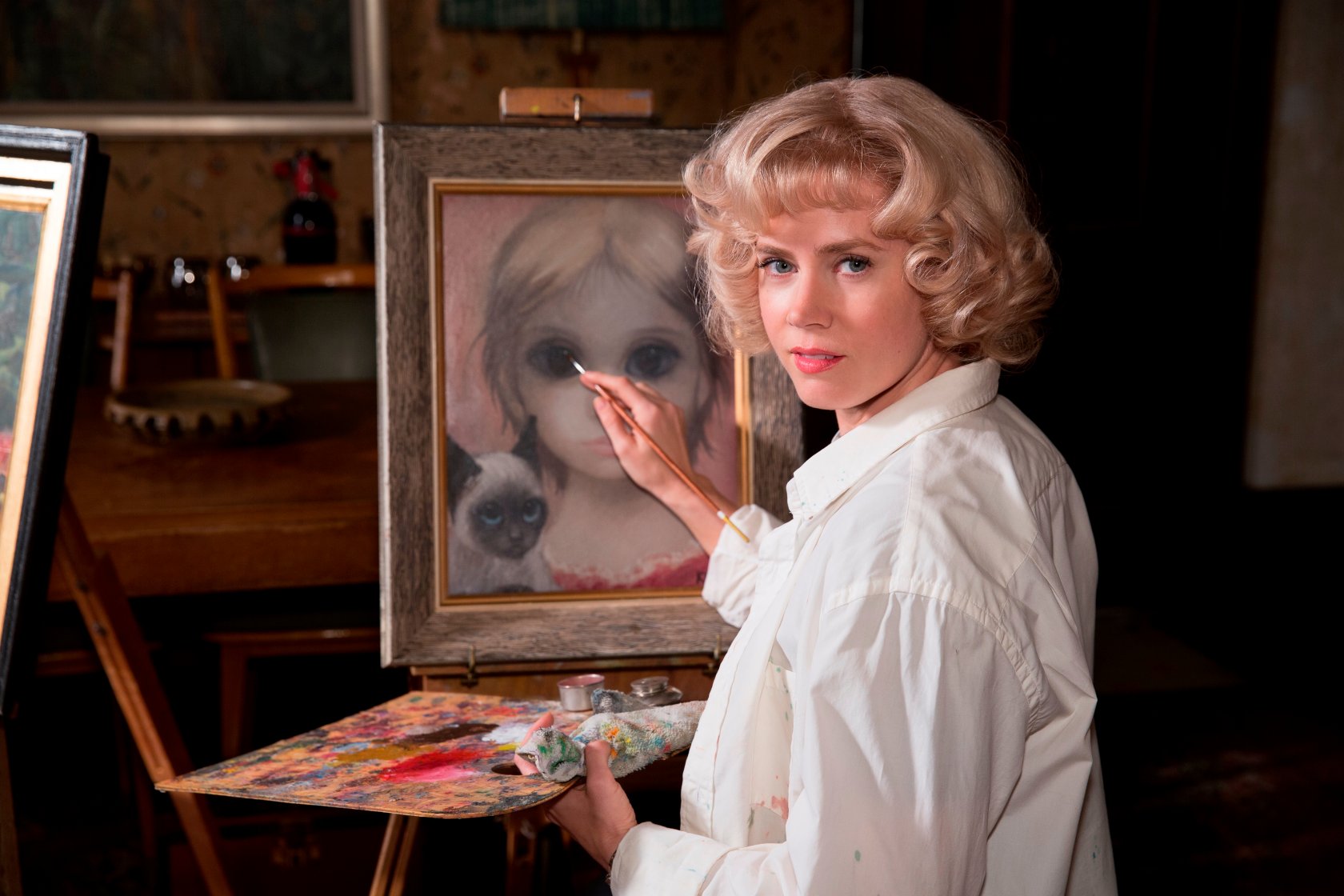
Once again, Burton broke type with this biopic, but unlike in Ed Wood or Big Fish, the pieces failed to amount to the film’s possibilities. It can certainly be said that the film’s shortcomings were not in the acting department. Amy Adams and Christoph Waltz, two of the most decorated actors of the 2010s, star as the central couple.
Adams plays Margaret Keane, the painter of the famous “big eyed” portraits and Waltz plays her manipulative husband, who takes credit for all of her work. The plot progresses in a fairly predictable fashion, leading up to Margaret finally snapping, speaking out against her husband and finally getting her deserved recognition.
The screenplay is not stellar but it is certainly passable and the two leads do their best with it turning in solid performances, making more out of their characters than the script probably deserved. Still the overall story leaves something to be desired, playing too closely into the standard form of the genre and Waltz’s character being too one dimensional.
Unlike the similar story of Ike and Tina Turner, the events simply are not that intriguing and it makes the viewer question why Burton made the film at all. Besides the bizarre nature of the paintings, there is nothing that identifies the film as a Burton picture, almost completely devoid of his typical style and quirks.
11. Frankenweenie (2012)
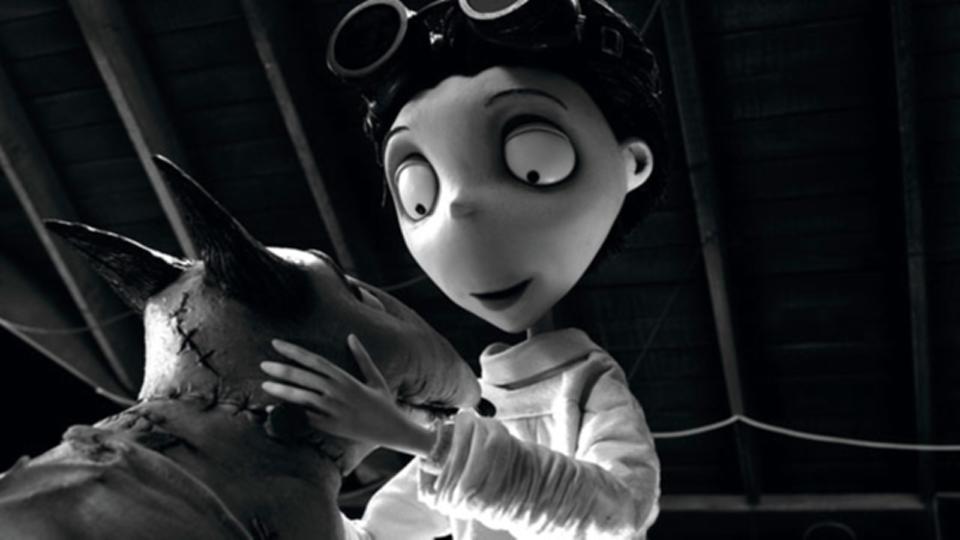
In 1984 Tim Burton directed a short film about a young boy who loses his beloved dog and then bring shim back to life with a jolt of electricity, similar to “Frankenstein.” Nearly thirty years later he returned to this plot, expanded on it and remade it as a stop motion animation film.
The overall storyline is mostly the same with simply more side plots and supporting characters added. The cast also is quite impressive with many former Burton actors coming back to provide their voice talents, most notably Martin Landau as the boy’s mad scientist teacher.
While the story of this stop motion film is not as engaging as Burton’s Corpse Bride or The Nightmare Before Christmas, which he produced, the feel of the film is very comparable. It features the director’s unmistakable character style and the plot ranges from goofy to gothic.
The medium off stop motion in this case certainly helps the film, bringing out both the film’s grim themes and wholesome morals simultaneously. Frankenweenie will not be a masterpiece Burton will be remembered for down the road but it a very well crafted a very fun animated gem.
10. Pee-Wee’s Big Adventure (1985)
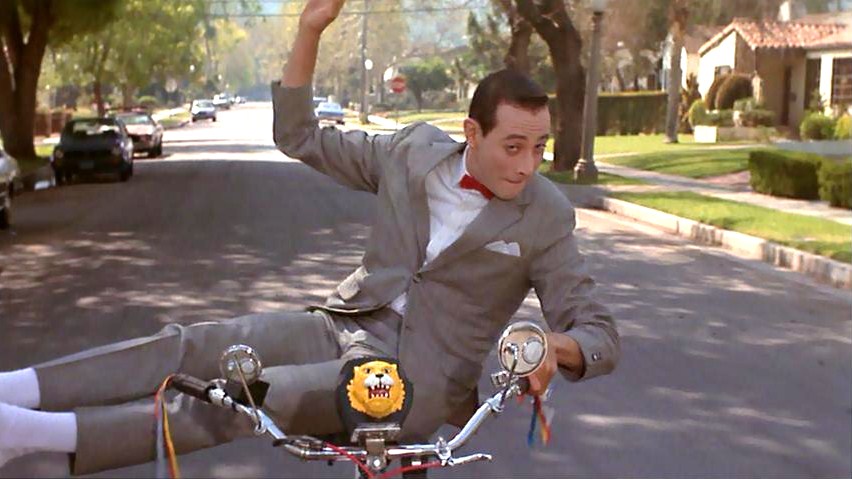
For his feature length debut, Burton paired with TV personality Paul Reubens, A.K.A. Pee Wee Herman, to create a movie out of the comedian’s hit show. The result is one of the goofiest comedies of the 1980s.
It combines the oddball humor of the Pee Wee Herman character with a Burton twist, although this is a bit understated as he was still discovering his style. Moments such as the dreams and the “Large Marge” sequence are memorable now certainly because of the director’s vision and he does his best to showcase his unique talents in a position where less driven directors would have faded behind the starpower.
That being said, the film’s success i still largely due to the wacky humor and performance of its star Paul Reubens. There has never been and will probably never will be a brand of humor quite like the clever mix of childish, slapstick and inventiveness that fills the film.
His comedy is definitely not for everyone, and many might find the film to be flat if the jokes do not resonate, but the ambition is undeniable and must be respected for making such a bold comic film. Rough around the edges, Pee-Wee’s Big Adventure is a cult film that some might rank higher, but due to Burton’s limited creative influence I defend its location on the lesser half of this list.
9. Sleepy Hollow (1999)
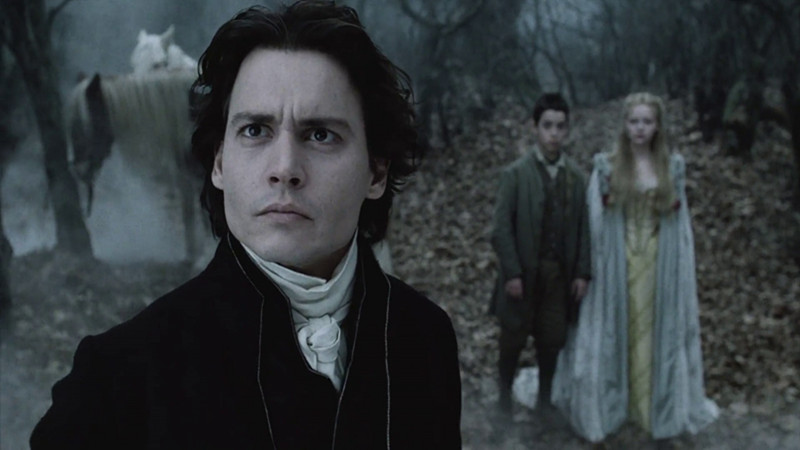
Taking its premise from the classic American folk story “The Legend of Sleepy Hollow” by Washington Irving, this Burton picture maintains the general story and themes but expands on them greatly.
Johnny Depp stars as Ichabod Crane, a policeman who moves to the small New York town of Sleepy Hollow. He is investigating a series of murders, all of which lead their victims decapitated. Many of the townspeople are under the suspicion that the slayings are tied to a mythical “Headless Horseman” spirit left over from the Revolutionary War. While Ichabod is skeptical at first, he soon finds that there is indeed supernatural forces afoot.
As would become a trend for all of Burton’s adaptations, Sleepy Hollow as not hesitant in straying from the source material and while Irving came up with the legendary Horseman character, the rest of the plot, with its macabre quirkiness, is undeniably the work of Burton.
The film is probably the director’s most straight forward horror movie, providing real chills and is quite darker than most of his other fare. Featuring an impressive ensemble cast, well realized art direction and memorable set pieces, Sleepy Hollow is a well crafted, if not particularly memorable outing from the middle period of Burton’s career.
8. Batman Returns (1992)
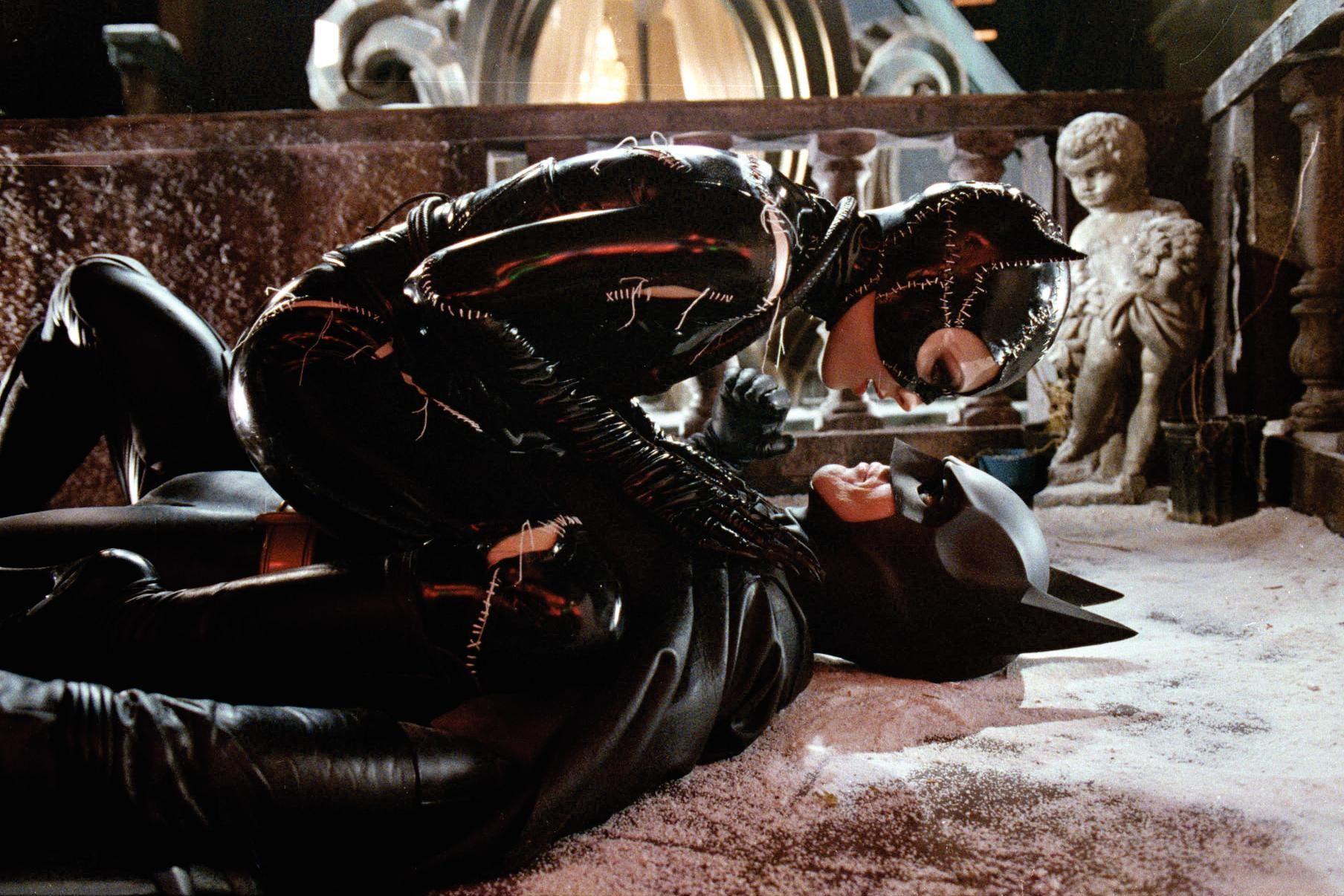
The sequel to the first wildly successful entry in Burton’s “Batman” series lets more of the director’s uniqueness poke through while still creating an engaging superhero adventure. MIchael Keaton reprises his role as Bruce Wayne/Batman, this time finding himself facing a team of bad guys.
The principle antagonist is the criminal mastermind known as The Penguin, played by Danny DeVito. Joining him, though with differing motives, is the seductive and acrobatic Catwoman, played by Michelle Pfeiffer. Together they pose a well balanced duo to take over Gotham and make one of Batman’s most interesting challenges.
I almost placed this film higher on this list for there are parts of the film that rank among Burton’s best. The atmosphere of Gotham City in the winter is supreme, constructing an extremely dark and corrupted environment for Batman to save. The character’s are similar overdone and grotesque, making the experience one of the closest to an actual comic book of any in the Batman universe. The main problem is the overall unevenness of tone and the slightly underdeveloped plot.
Although never less than entertaining, the villains’ motives are often unclear and the switch from menacing to campy comes so quickly and frequently that it leaves the film with a weaker identity by the end. Unfortunately, producers thought Burton’s vision too dark for the franchise and the next two films, Batman Forever and Batman & Robin, suffered greatly in the director’s absence.
7. Corpse Bride (2005)
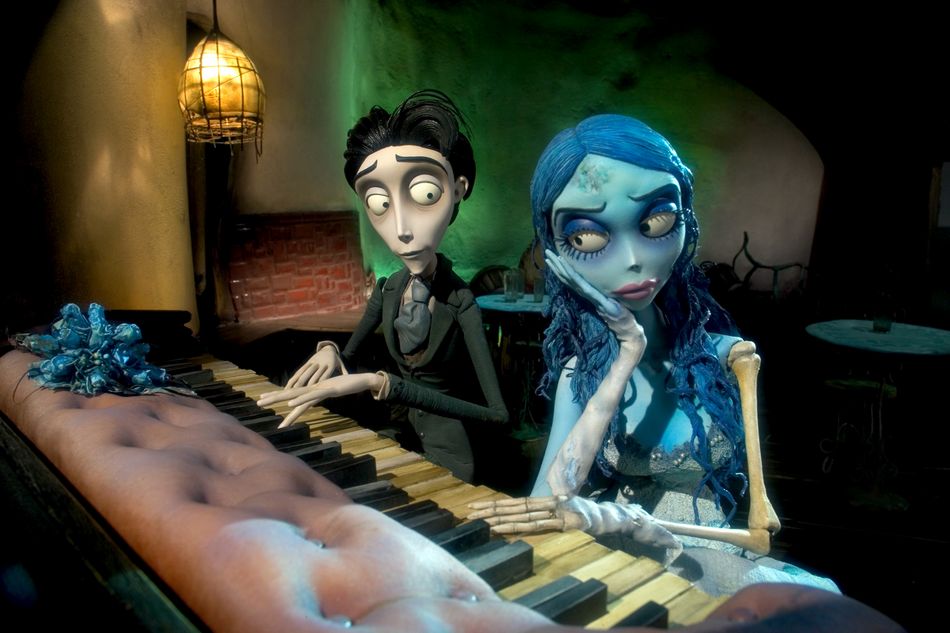
The main problem with the majority of stop motion animated films these days is the high priority put on design and effects, often leaving the plot dull and confusing. Corpse Bride thankfully does not have this problem.
This clever gothic movie stars Johnny Depp as a young man, Victor, who is to be betrothed to an upper class woman, Victoria, at the arrangement of their parents. Nervous, he is practicing his vows and unwittingly becomes engaged to a dead woman when he places the ring on her skeletal finger, mistaking it for a tree root.
Victor is subsequently sucked into the whimsically spooky world of the dead and must rectify the confusing situations to both parties and return to the real world before it is too late. Every aspect of the film is beautifully envisioned and animated. The gaunt buildings, skeletal faces and colorful demons of the underworld all come together to create a wonderfully devilish family flick. The story is similarly well balanced, making it one of the most well paced and consistent of all of Burton’s films.